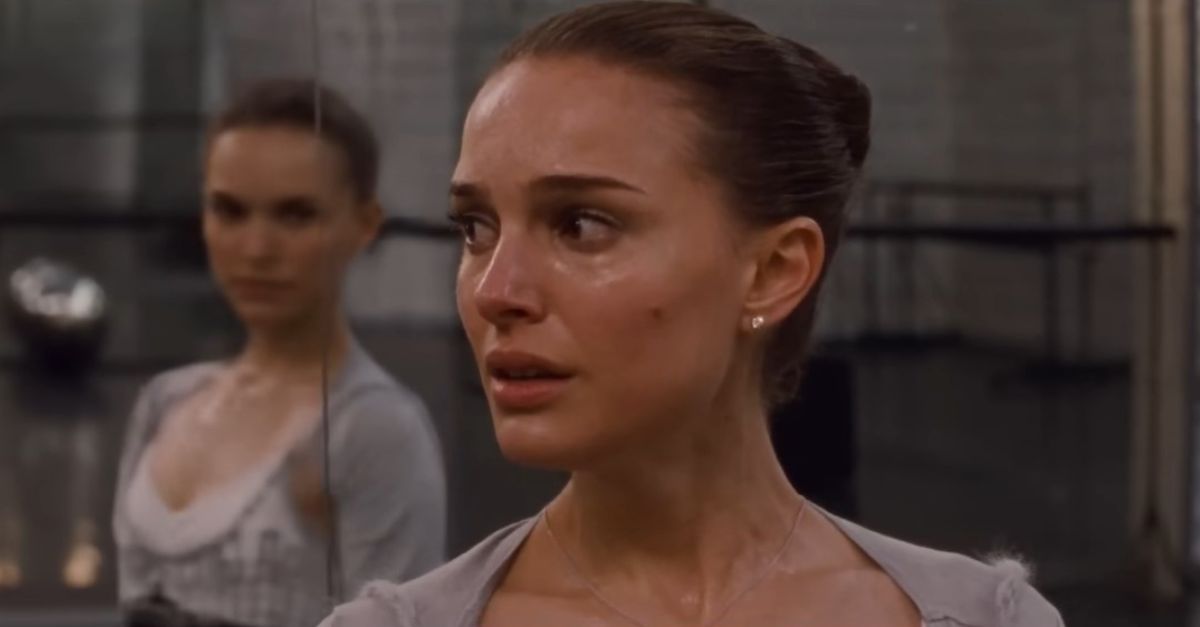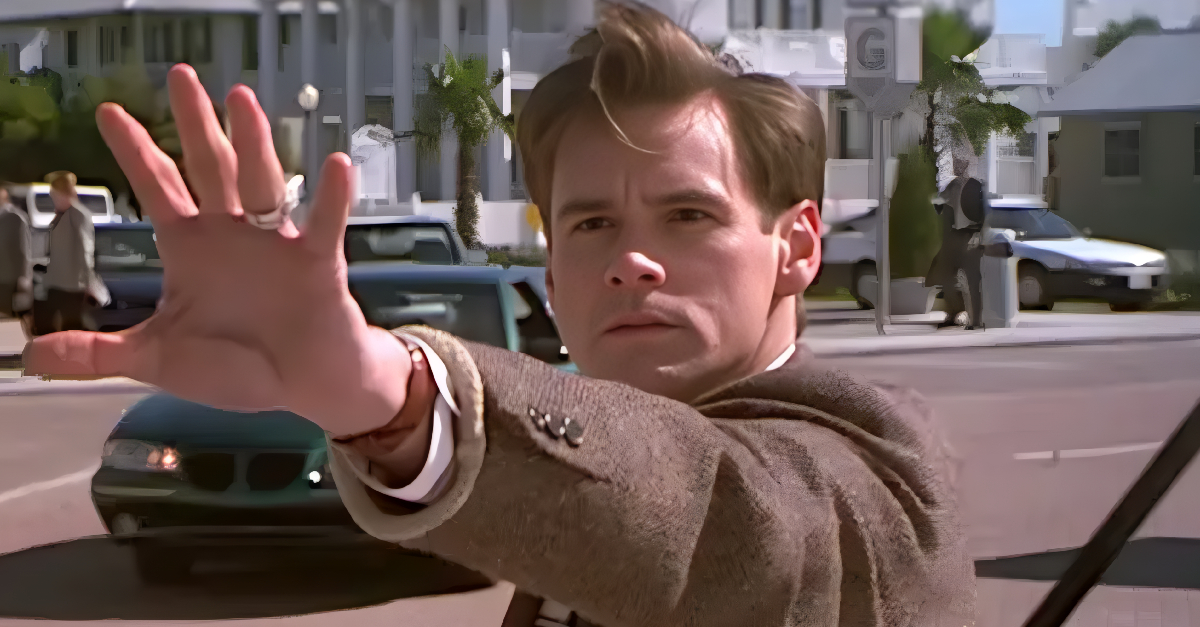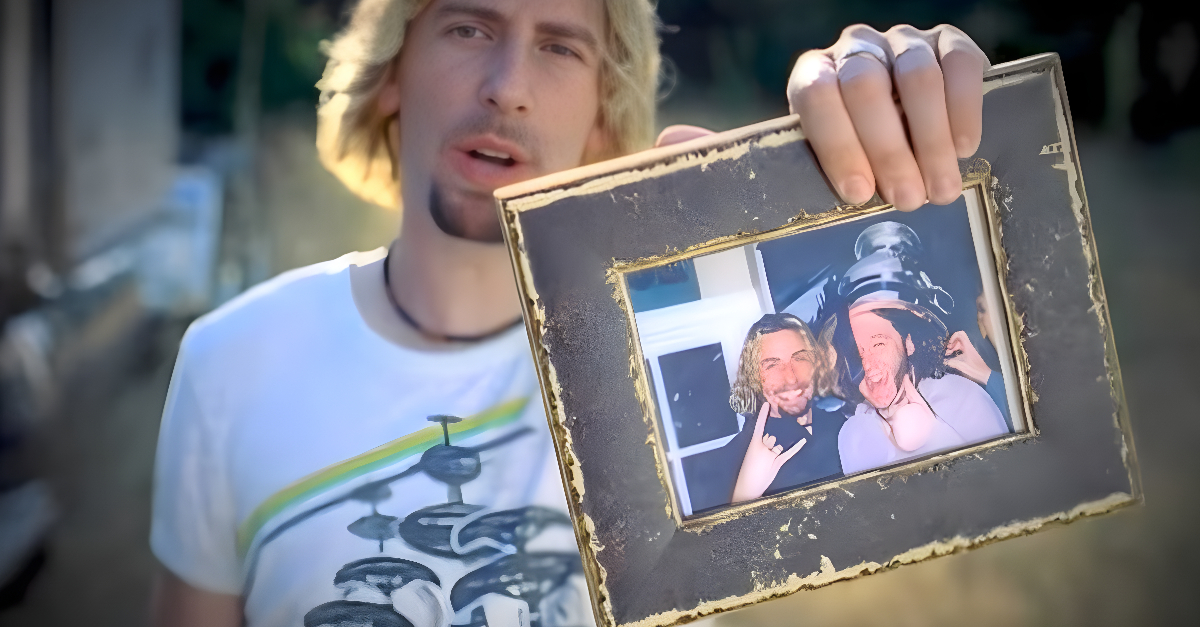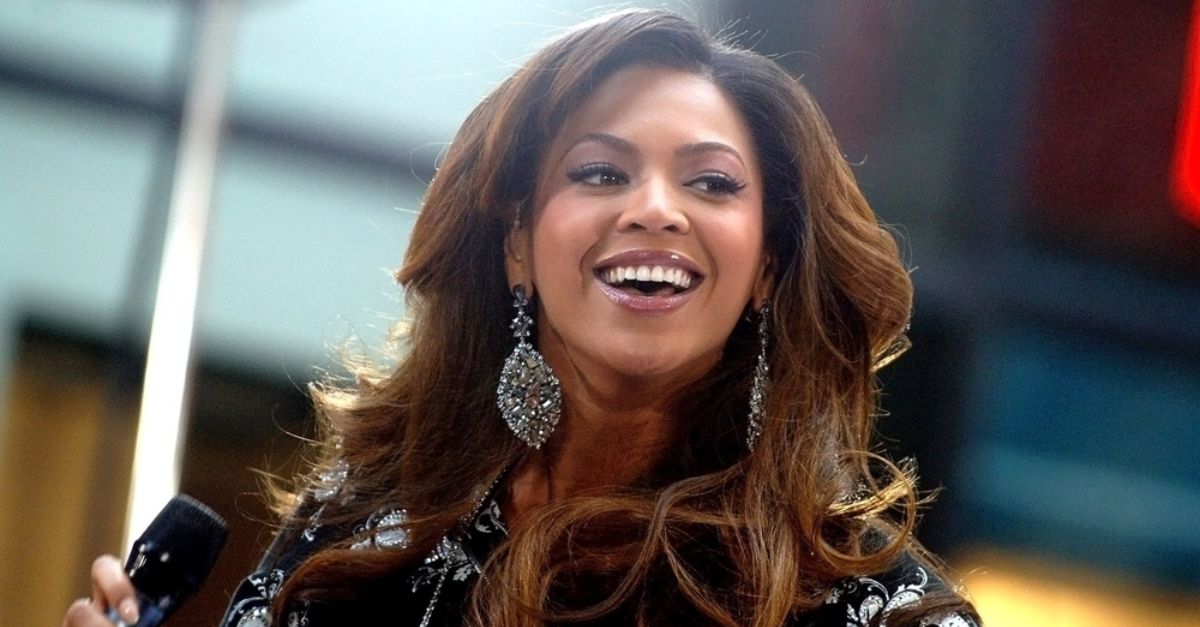Cut! You’re Out!
Hollywood is chaos. For every smooth production, there are a dozen behind-the-scenes battles: studios vs. directors, stars vs. directors, and sometimes directors vs. themselves. And when things get really ugly? The director gets kicked off their own movie. Here are some director shake-ups that left their mark on cinema history.

Alex Cox – Fear And Loathing In Las Vegas (1998)
Cox was originally tapped to bring Hunter S Thompson’s trippy classic to life. But his surrealist tone clashed with producer Laila Nabulsi, and Thompson hated Cox’s changes. Cox was shown the door, and Terry Gilliam stepped in, rewriting almost everything. Gilliam’s chaotic, fever-dream visuals defined the finished film, while Cox walked away with only a shared script credit.
 AWFFOficial, Wikimedia Commons
AWFFOficial, Wikimedia Commons
Paul Schrader – Exorcist: The Beginning (2004)
Schrader delivered a cerebral, psychological take on the demon-filled prequel, but the studio wanted blood, gore, and easy scares. When executives found his cut too quiet and art-house, they panicked. He was fired, and Renny Harlin reshot large portions with a more bombastic style. Schrader’s version was shelved until fans demanded to see it, eventually released as Dominion.
Bryan Singer – Bohemian Rhapsody (2018)
Singer’s tenure on the Queen biopic was turbulent, marked by clashes with Rami Malek and sudden, unexplained absences from set. Reports suggest tension was so high that Singer stopped showing up altogether, frustrating cast and crew. Fox fired him close to the end of production, bringing in Dexter Fletcher to finish. Despite the chaos, Singer still got official credit.
 Eva Rinaldi, Wikimedia Commons
Eva Rinaldi, Wikimedia Commons
James Cameron – Piranha II: The Spawning (1981)
Before The Terminator, Cameron cut his teeth on this schlocky sequel about flying killer fish. The Italian producers didn’t trust his inexperience and removed him mid-production. Legend has it, Cameron snuck into the editing room at night, secretly reworking the footage to match his vision. The movie still bombed, but Cameron went on to redefine blockbuster cinema.
 Gage Skidmore from Peoria, AZ, United States of America, Wikimedia Commons
Gage Skidmore from Peoria, AZ, United States of America, Wikimedia Commons
Phil Lord & Chris Miller – Solo: A Star Wars Story (2018)
Lord and Miller, the comedic geniuses behind The Lego Movie, brought a goofy, improv-heavy energy that clashed with Lucasfilm’s rigid vision. After months of production, Kathleen Kennedy pulled the plug on them. Ron Howard came in to reshoot major portions, toning down the humor. The duo’s fingerprints remain, but Howard’s steady hand shaped the final theatrical release.
 Gage Skidmore, Wikimedia Commons
Gage Skidmore, Wikimedia Commons
Steven Soderbergh – Moneyball (2011)
Soderbergh wanted to reinvent Moneyball as a gritty docu-drama, focusing on real-life players and documentary-style interviews. Sony executives balked, fearing the approach would alienate audiences, and pulled him days before filming began. He was replaced by Bennett Miller, who brought in Aaron Sorkin to polish the script. The result was the acclaimed Brad Pitt baseball drama we know today.
 nicolas genin, Wikimedia Commons
nicolas genin, Wikimedia Commons
George Cukor – Gone With The Wind (1939)
Cukor was beloved by actresses Vivien Leigh and Olivia de Havilland, who admired his sensitive directing style. But producer David O Selznick wanted a more muscular, sweeping epic, so he fired Cukor early on. Victor Fleming took over, steering the film toward spectacle. Behind the scenes, however, Leigh still sought out Cukor for quiet acting advice between takes.
 Allan warren, Wikimedia Commons
Allan warren, Wikimedia Commons
Richard Donner – Superman II (1980)
After successfully delivering Superman: The Movie, Donner started filming Superman II simultaneously. But his clashes with producers, particularly the Salkinds, grew unbearable. Halfway through, he was fired and replaced by Richard Lester. Lester reshot large portions, giving the sequel a campier feel. Years later, fans finally got to see The Donner Cut, showcasing his original, darker vision.
Brenda Chapman – Brave (2012)
Chapman made history as Pixar’s first female director, pouring personal experiences with her daughter into Brave’s mother-daughter story. But Pixar’s top brass grew uneasy with her direction and replaced her midstream with Mark Andrews. Though Chapman still earned a co-director credit, her removal caused controversy. Fans and critics debated whether the studio undermined her creative voice.
 Matt Winkelmeyer, Getty Images
Matt Winkelmeyer, Getty Images
Philip Kaufman – The Outlaw Josey Wales (1976)
Kaufman was originally helming Clint Eastwood’s gritty Western, but he and Eastwood clashed constantly over pacing and tone. Eastwood, also the film’s star and producer, ultimately pushed Kaufman out. Taking over the director’s chair himself, Eastwood completed the project. The finished film became one of his signature works, and Kaufman was left behind, frustrated and overshadowed.
 Gorup de Besanez, Wikimedia Commons
Gorup de Besanez, Wikimedia Commons
Martin Brest – WarGames (1983)
Brest envisioned WarGames as a darker, more intense thriller, but producers wanted a breezier, teen-friendly vibe. After just a few weeks of filming, they fired Brest and brought in John Badham. Badham lightened the tone, leaned into the youthful adventure, and delivered the Cold War classic audiences remember today. Brest went on to direct Beverly Hills Cop instead.
Richard Stanley – The Island Of Dr Moreau (1996)
Stanley, known for his eccentric horror films, was obsessed with adapting HG Wells’ novel. But his erratic behavior, coupled with clashing with stars like Val Kilmer, doomed him. He was fired after only a few days of shooting. John Frankenheimer replaced him, but chaos reigned. Rumor has it Stanley snuck back onto set disguised as one of the beast-men.
 Scarlett Amaris, Wikimedia Commons
Scarlett Amaris, Wikimedia Commons
Anthony Mann – Spartacus (1960)
Mann began directing Kirk Douglas’s Roman epic, but his intimate, character-driven style frustrated the star. Douglas, also a producer, fired Mann and replaced him with 30-year-old Stanley Kubrick. Kubrick reshaped Spartacus into a grand spectacle, cementing his reputation as a genius filmmaker. Mann, meanwhile, quietly moved on to other projects with far less fanfare.
 Unknown Author, Wikimedia Commons
Unknown Author, Wikimedia Commons
Richard Thorpe – The Wizard Of Oz (1939)
Thorpe was the first director of MGM’s fantasy musical, but his version fell flat. Dorothy was given a blonde wig and heavy makeup, making her look stiff and unnatural. Executives hated the results and fired him after two weeks. Victor Fleming (yes, again) eventually took over, delivering the magical, enduring classic we know today.
 unknown (Universal Pictures), Wikimedia Commons
unknown (Universal Pictures), Wikimedia Commons
Lynne Ramsay – Jane Got A Gun (2015)
Ramsay, known for her intense, artful dramas, clashed heavily with producers over script control and final cut rights. On the first day of filming, she simply didn’t show up, prompting chaos. Gavin O’Connor replaced her almost immediately. The production was riddled with further problems, but O’Connor managed to deliver a film that critics described as 'serviceable, but troubled.'
 Toni Anne Barson, Getty Images
Toni Anne Barson, Getty Images
Edgar Wright – Ant-Man (2015)
Wright spent nearly a decade developing Ant-Man, with his signature quirky style and offbeat humor baked in. But Marvel insisted on tighter integration into the broader MCU. Wright resisted, unwilling to compromise his creative vision, and departed the project. Peyton Reed stepped in to finish the film, which became a hit—though fans still dream of Wright’s lost version.
 Gage Skidmore from Peoria, AZ, United States of America, Wikimedia Commons
Gage Skidmore from Peoria, AZ, United States of America, Wikimedia Commons
James Gunn – Guardians Of The Galaxy Vol. 3
In 2018, Disney fired Gunn after old, offensive tweets resurfaced online, sparking public outrage. The cast released a joint letter supporting him, and fans pushed for his reinstatement. After months of controversy, Disney rehired Gunn in 2019. In a rare Hollywood twist, he got his trilogy back, proving that second chances occasionally do happen in blockbuster land.
 Gage Skidmore from Peoria, AZ, United States of America, Wikimedia Commons
Gage Skidmore from Peoria, AZ, United States of America, Wikimedia Commons
Alejandro Jodorowsky – Dune (Unmade, 1970s)
Jodorowsky’s Dune was supposed to be the wildest sci-fi epic ever: Salvador Dalí as the Emperor, Orson Welles as Baron Harkonnen, Pink Floyd doing the soundtrack. But studios balked at the 12-hour runtime and astronomical costs, pulling the plug before filming. He wasn’t exactly fired, but the project collapsed, leaving fans with only the dazzling documentary Jodorowsky’s Dune.
 Lionel Allorge, Wikimedia Commons
Lionel Allorge, Wikimedia Commons
You May Also Like:
Directors Who Publicly Dismissed Their Own Films
Spielberg vs. Scorsese: Who Is The Better Director—According To The Numbers
Stanley Kubrick Is The Greatest Director Of All Time. Case Closed.










